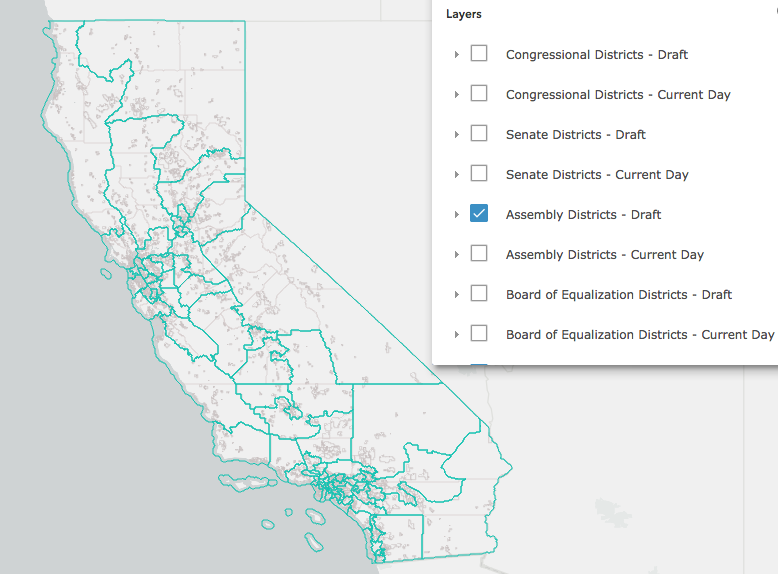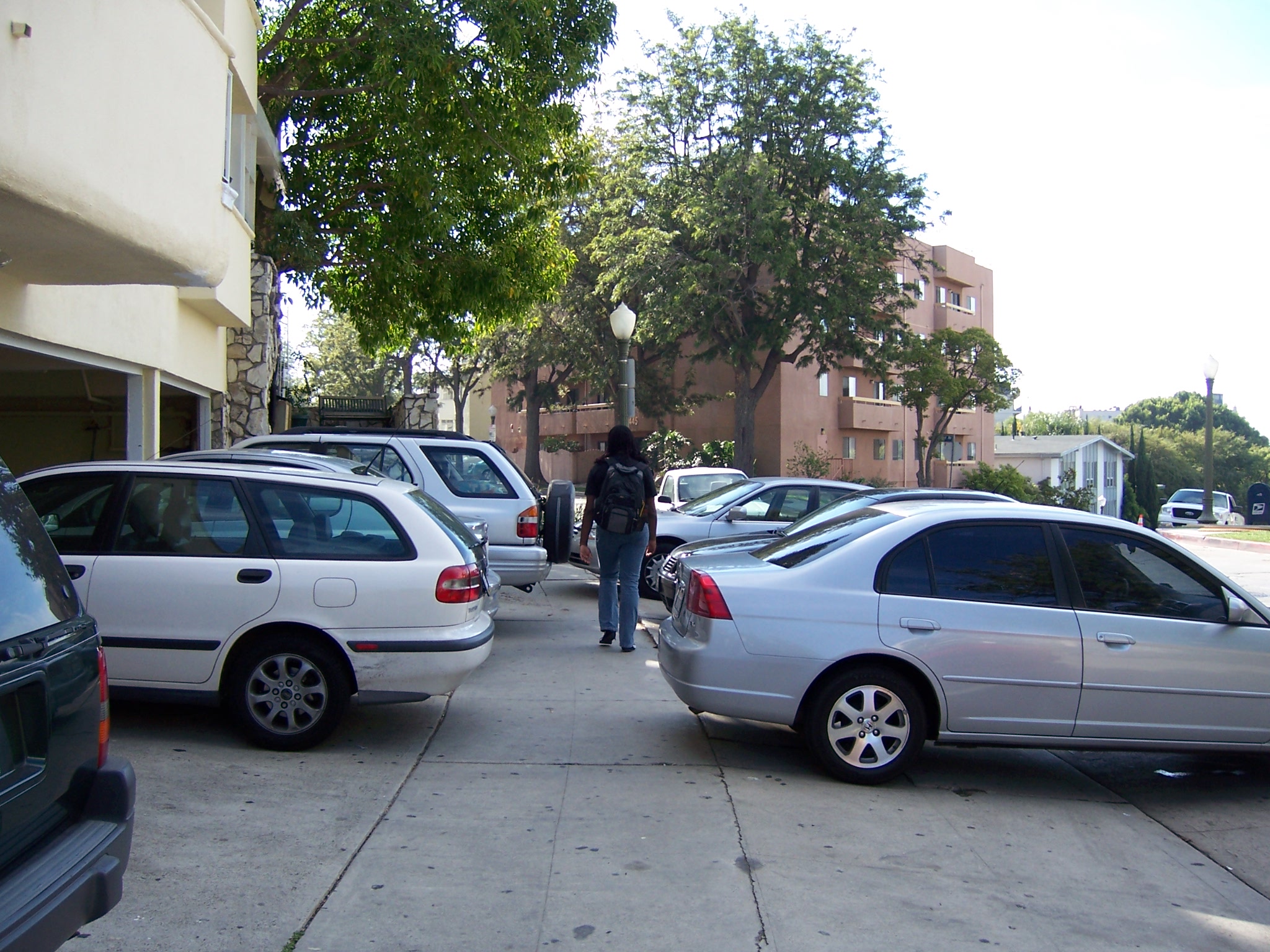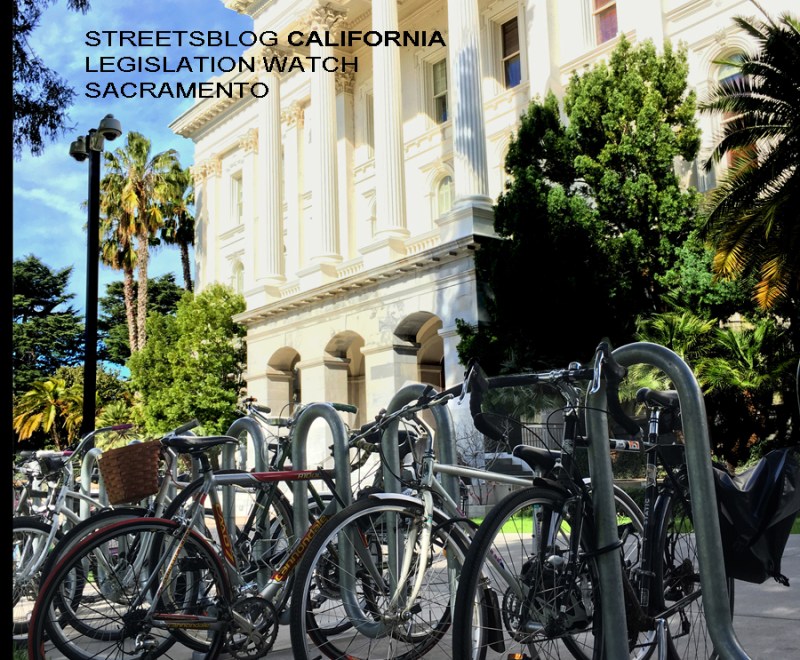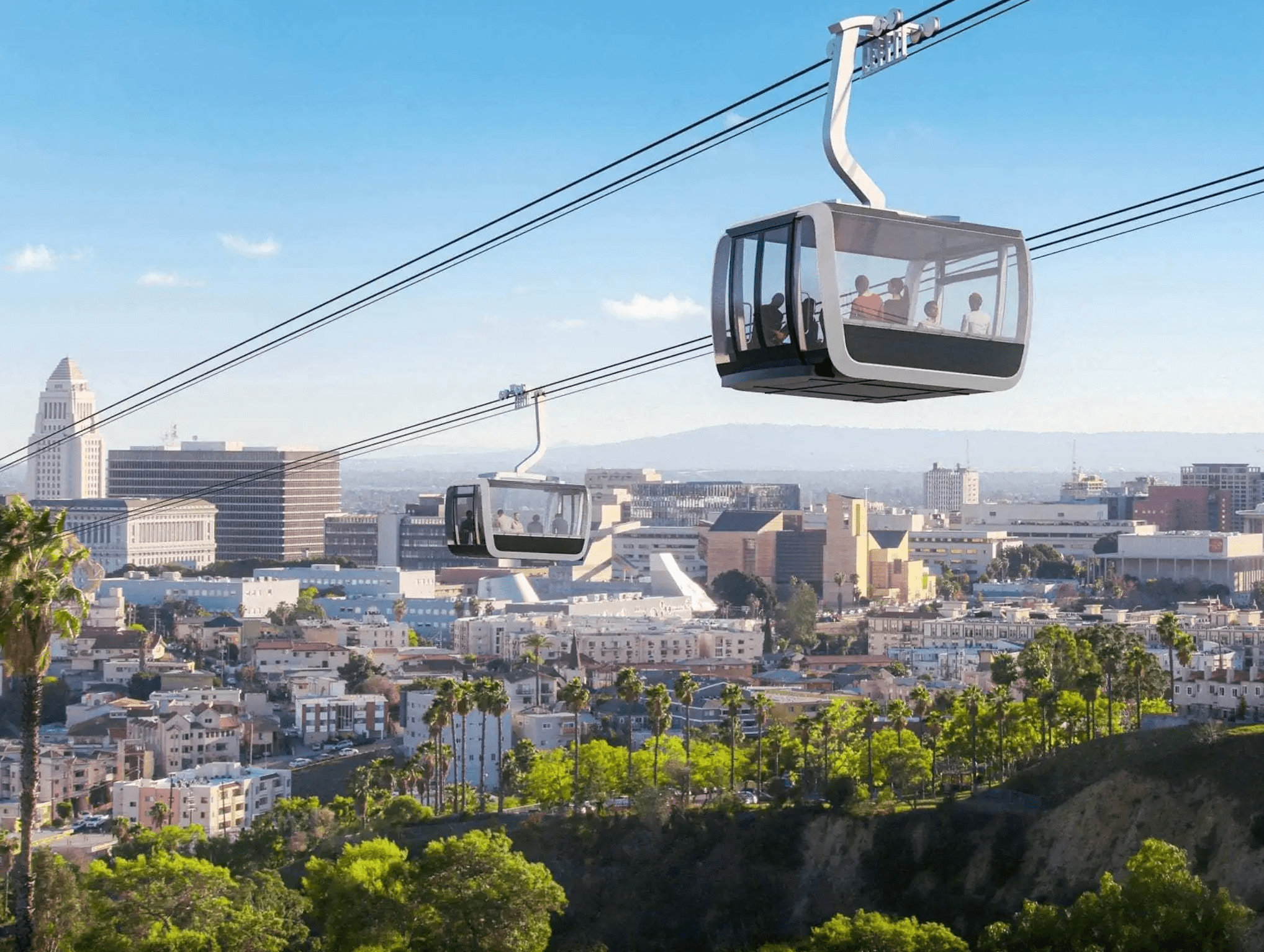The California Citizens Redistricting Commission has released draft maps of new boundaries for Congressional and state legislative districts in California.
There are only a few days left to weigh in on the new maps.
Advancement Project California, an organization dedicated to racial justice, has come up with a few questions to help people think about what the redistricting might mean. Look at the draft maps (here) and consider:
- Do the maps keep your community together and strengthen your political power OR do they divide your community and dilute your collective voice?
- Do the maps group your community with other communities that share cultural and economic interests OR do they group your community with those that disagree with your priorities and jeopardize your future?
- Do the maps connect the cities that have the greatest ties to your community OR do they include cities that oppose your community’s interests?
The next step is to give input to the commission; this can be done in a number of ways. The Redistricting Commission has created online feedback forms for people to fill out, and to which attachments such as maps can be added.
In addition, between today and next Tuesday, the Commission is holding a series of live-streamed public meetings to take comment on and discuss the map. The meeting schedule can be found here. It includes meetings on November 18 and 19 from 3 to 8 p.m.; November 20 from 10 a.m. to 3 p.m.; November 22 and 23 from 9:30 a.m. to 2:30 p.m.
More information about how to call in and provide comments is available on this page; the meetings will be streamed live here.
This process of redrawing districts is required every ten years, upon release of the US Census, and is supposed to ensure that districts reflect the state's population. Rules on drawing boundaries are designed to create districts of relatively equal population size, which will provide fair representation for all Californians.
The criteria include maintaining "communities of interest" - that is, communities that share common social and economic interests - by drawing contiguous, geographically compact districts that don't split census blocks and that ensure that voters have an equal opportunity to elect representatives of their choice.
It's no easy task. The controversy around the concurrent redistricting process happening for Los Angeles City Council districts shows just how strangled some districts can get in trying to balance all the interests, including fair representation but also represent power struggles and attempts to break up existing districts.





